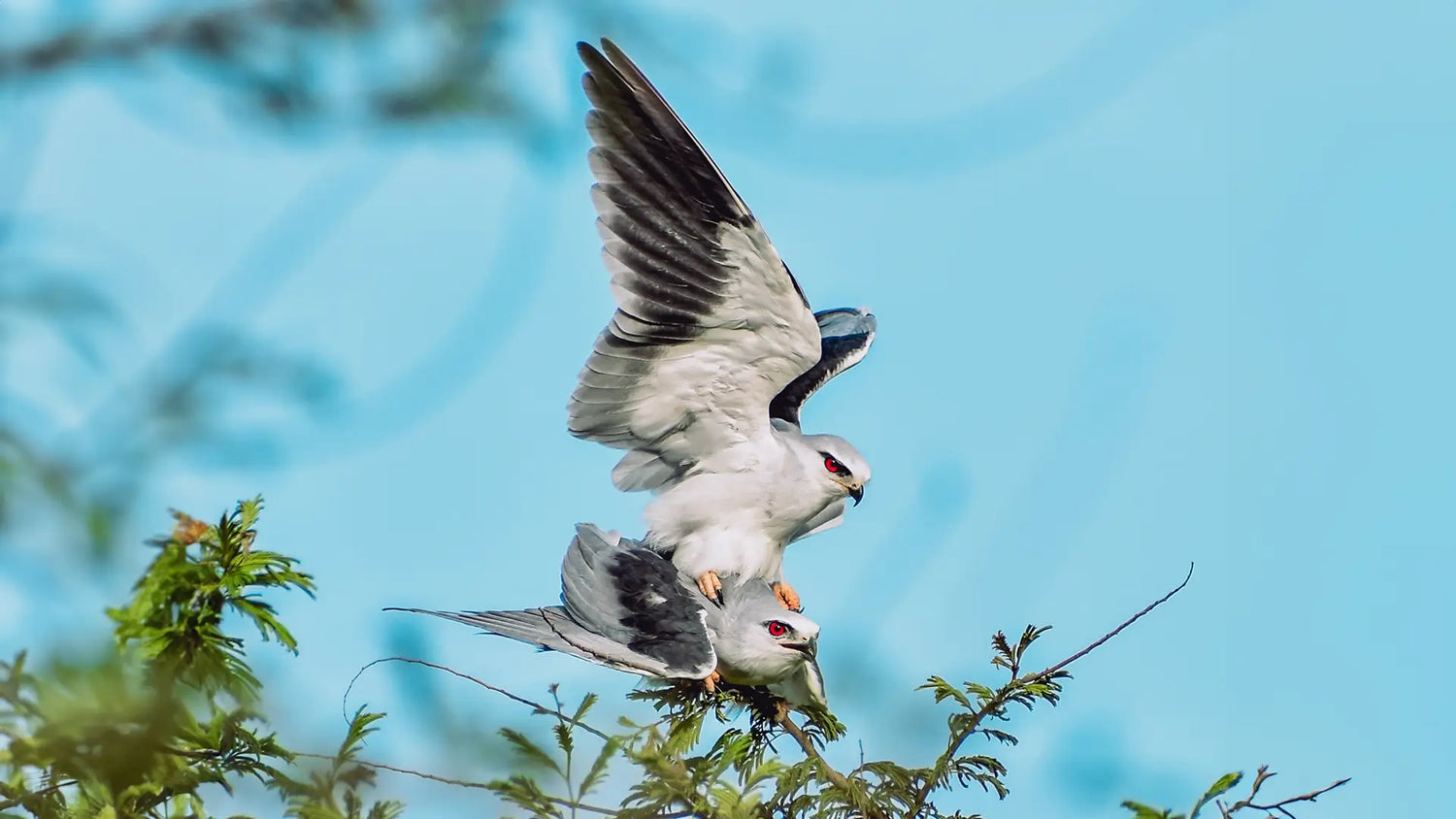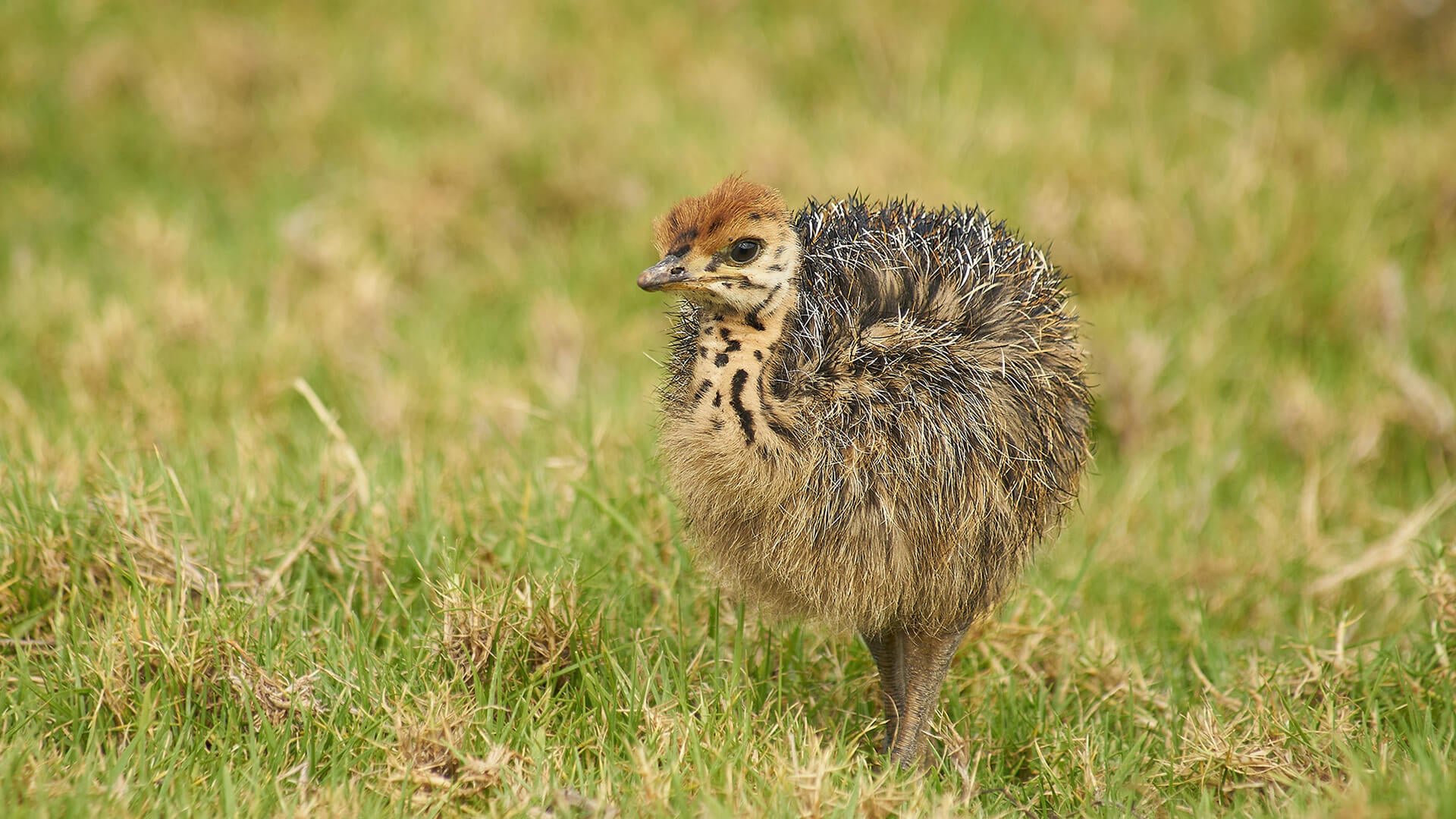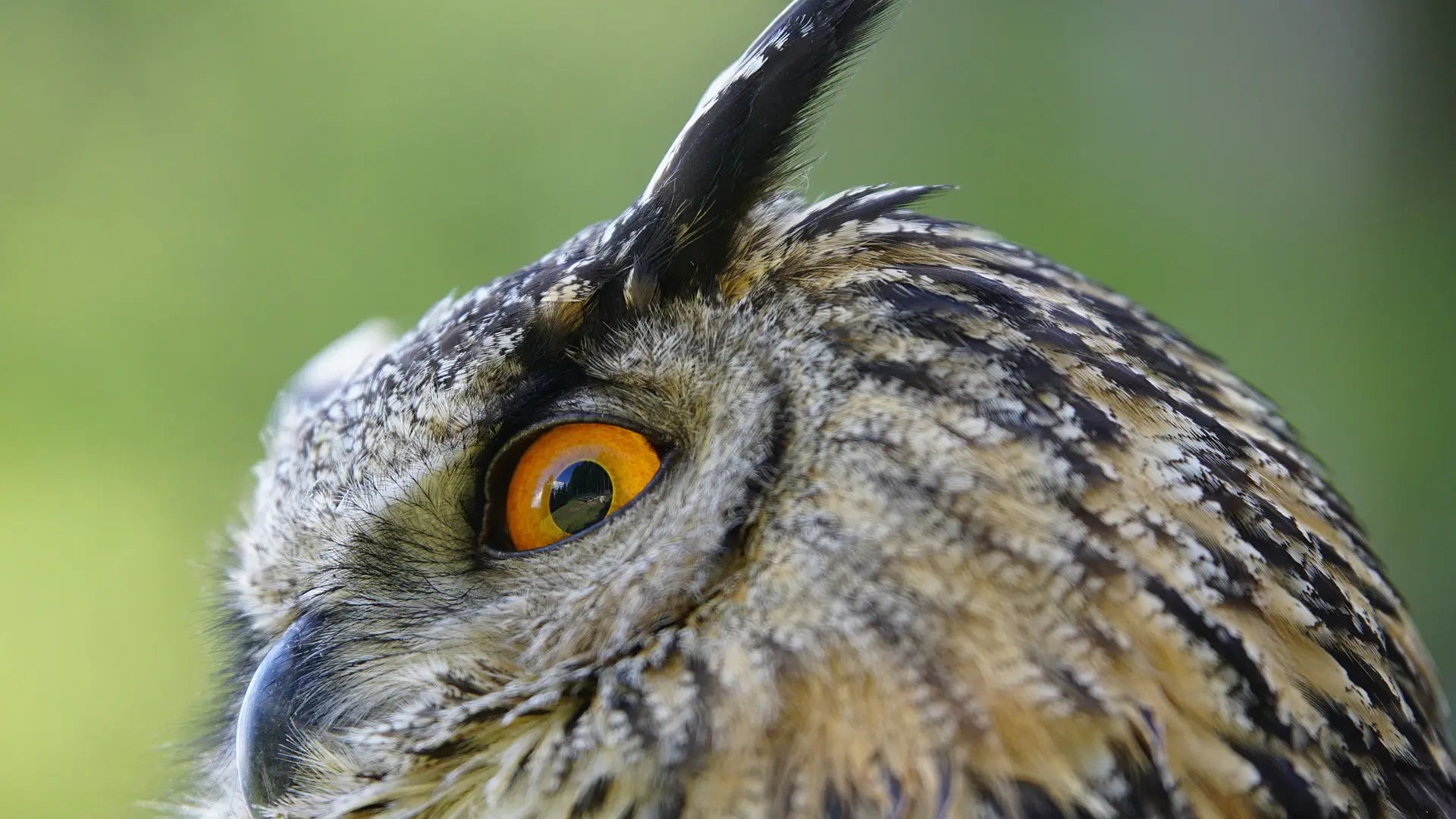Curious about how do birds mate? Join us to learn more about the mechanics and behavior of this process.
Birds are graceful creatures that grace our skies and have a fascinating and mysterious world of mating behavior. Have you ever wondered how do birds mate? How do these feathered friends reproduce? In this article, we'll take a closer look at how birds reproduce, gaining insight into their unique behaviors and mechanisms.

Bird Anatomy: Reproductive Organs
Most birds have different reproductive anatomy than mammals. Males do not have penises, and the external sex organs of male and female birds look very similar.
Both male and female birds have a cloaca, or avian cloaca. This is an opening just below the tail that serves multiple functions, including the discharge of sperm, eggs, feces, and urine. In women, it also allows sperm to enter.

In birds, males have testicles, while females have only one ovary. Birds' reproductive organs undergo seasonal changes in response to temperature, light, and food availability. These changes mark the beginning of the mating season and cause the cloaca to swell and expand.
Prelude to Mating: Bird Courtship
The path to avian romance is a complex and beautiful one, filled with colorful displays and unique behaviors.
Dance of Love
Birds, like the Sage Grouse, engage in intricate courtship dances. These elaborate performances involve puffing up their plumage, flapping their wings, and even making rhythmic sounds to impress potential mates.
Colorful Courtship
For many species, vibrant plumage is a significant part of courtship. Males often showcase their dazzling colors to attract females, with peacocks being one of the most famous examples.

Serenading the Heart
Songbirds woo their potential partners with melodious tunes. The intricate melodies communicate the bird's fitness and health, influencing mate selection.
Birds attract mates by displaying their feathers, singing, or offering food. Providing a reliable food source is an effective way to draw them to your garden. With a smart device like the Birdhi Mag Smart Bird Feeder, you can attract more birds and closely observe their social and mating behaviors.
How Do Birds Mate: The Cloacal Kiss
Bird courtship may involve dazzling displays of feathers, melodious songs and intricate dances. However, the actual mating behavior of birds is a relatively simple affair.
Male birds do not have penises, meaning there is no penetration involved. Instead, birds perform what's called a "cloacal kiss."
The male mounts the female from behind, balancing on her back while she arches her back and moves her tail to the side. During this process, their cloaca briefly come into contact, transferring sperm from the male to the female.

This complex balancing act may continue over a period of time, allowing the bird to perform multiple cloacal kisses, thereby increasing the chances of successful insemination. Scientists estimate that only 1-2% of ejaculated sperm reaches a woman's body, so multiple attempts are needed.
Once fertilization occurs, the female may begin laying eggs within days or, in some cases, months. The female can retain the sperm inside her body until environmental conditions are suitable for nesting.
While some male birds leave after mating and do not participate in nesting and raising chicks, most songbirds participate as a family in nesting and raising chicks.
Are Birds Exclusive in Their Mating Habits?
Many birds pair up for a mating season, year, or even a lifetime. However, this does not necessarily mean that they are sexually exclusive.
To ensure successful insemination, birds may mate with different partners throughout the season. Therefore, when a woman's biological clock signals the start of egg production, she may have sperm from multiple partners in her body. This could result in chicks being born with different fathers.
Additionally, because birds of the same species often build similar-looking nests, a female may lay eggs in multiple nests. This means that two birds may be raising chicks that are not biologically related to them.
Interestingly, this unconventional approach doesn't lead to drama or rejection from the chick. Experts believe the birds form social bonds rather than sexual bonds, essentially living in an "open-feather relationship."
How Do Birds Without Cloaca Mate?

The same cannot be said for ducks and waterfowl. Cloacal kissing only allows 1-2% of sperm to reach the female and is not the most practical method when it comes to aquatic mating. Nature has a solution for male ducks, swans, and many other waterfowl: a penis.
This special extension of the cloacal wall becomes upright during mating, allowing penetration. Mating usually occurs at the surface of the water, with the male briefly holding the female underwater while he inseminates her.
For waterfowl, this method proves to be more effective and ensures a higher success rate.
Observing Bird Mating: A Warm Reminder
If you happen to witness birds mating, it can be a remarkable experience. However, it is crucial to maintain a respectful distance and observe quietly. Mating birds are often too focused to notice human observers.
Interference with mating birds may result in the abandonment of suitable nesting sites, which may result in failure of their broods. Therefore, as a responsible observer, it is crucial to maintain a respectful distance and remain quiet.
It is recommended to consider remote viewing, the Bilantan Smart Bird Feeder with Camera is a good option, utilizing a bird camera to observe to avoid disturbing them.
Conclusion
The world of bird mating is a fascinating one, filled with a variety of strategies, behaviors and rituals. From elaborate courtship displays to unique cloacal kisses, every aspect of bird reproduction is tuned to ensure success in their respective environments.
FAQs
Do all bird species go through the cloacal kiss during mating?
A: Yes, the cloacal kiss is the common mating method for most bird species.
How do female birds ensure that they lay their eggs in the right nest?
A: Female birds have a remarkable ability to recognize their own eggs and may lay them in nests that match their own species' appearance.
Are male birds involved in chick-rearing in all bird species?
A: No, some male birds depart after mating and take no part in nesting and chick-rearing, while others actively participate in raising their young.
Are all bird species monogamous in their mating habits?
A: No, many bird species practice a form of serial monogamy, where they have one mate for a breeding season or a year.
How do water birds like ducks and swans mate differently from other birds?
A: Water birds have a specialized anatomical adaptation, a penis, which allows for more efficient mating on water.
From Bilantan.com





8 comments
https://ukrain-Forum.biz.ua/
I got this site from mmy ffriend who told me regarding this web page and now this tike I
am browsing this website and reading very informative content att this place. https://ukrain-Forum.biz.ua/
https://ukrain-Forum.biz.ua/
I got this site from my friend whho told me regarding this web page and now this
timee I am browsing this website and reading very informative content at this place. https://ukrain-Forum.biz.ua/
Daniel
I find it amusing that birds engage in courtship dances and colorful displays to attract mates. It’s like a bird version of a dance-off!
Ryan
Bird reproduction is truly fascinating. The way they adapt to their environments and ensure successful mating is incredible!
Diana E Lulek
Absolutely! Waterfowl, such as ducks and swans, have evolved a unique adaptation to facilitate mating in aquatic environments. Their specialized cloacal extension, the penis, allows for more effective insemination. It’s a great example of how different bird species have evolved different reproductive strategies based on their habitats and lifestyles.
Leave a comment
All comments are moderated before being published.
This site is protected by hCaptcha and the hCaptcha Privacy Policy and Terms of Service apply.